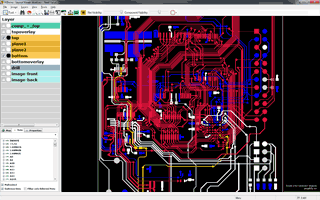XJAnalyser .NET Integration
In XJTAG 3.9 the previous .NET-based integration has been replaced with a new XJIntegration API. The new API still uses .NET 4.7.1 and contains all the XJRunner Integration functionality of previous releases – but also introduces XJAnalyser Integration, a new .NET API for XJAnalyser. […]


